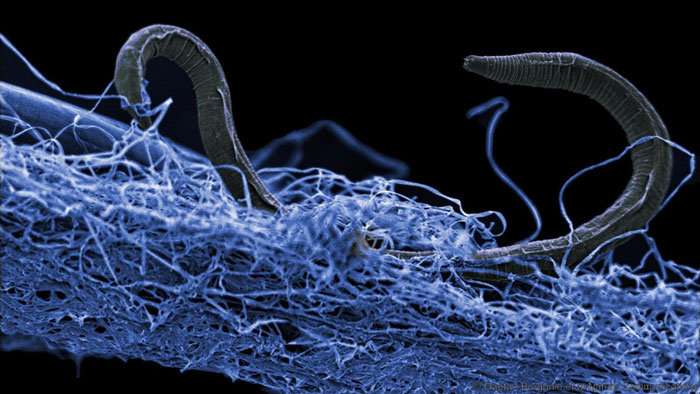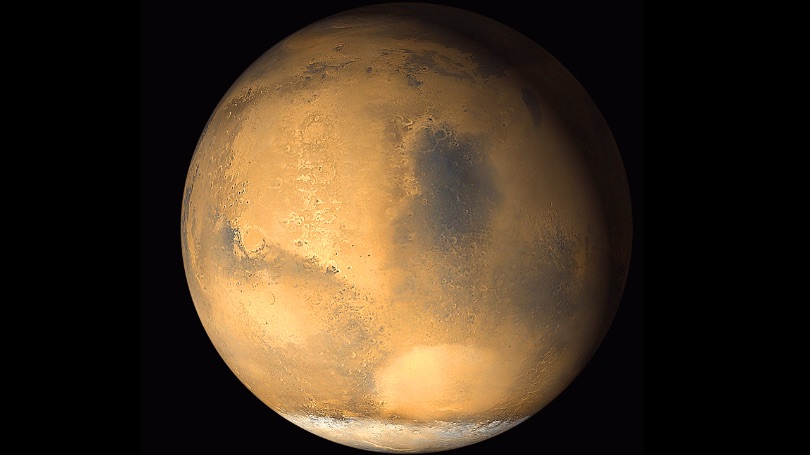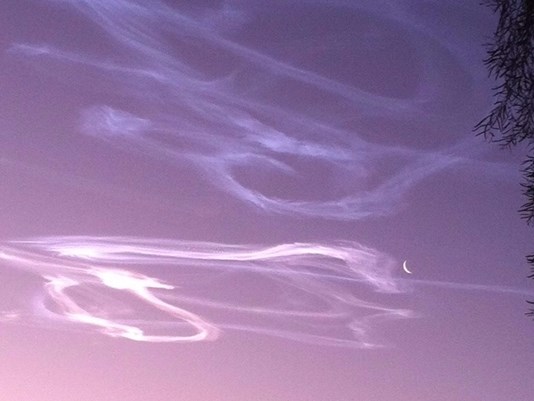
BARELY living “zombie” bacteria makes up a vast and secret world of life in “Deep Earth”.
According to scientists, these subterranean microbes have a carbon weight of between 245 and 385 times that of humankind.
The staggering figure suggests that there’s huge amounts of life that humans simply never see, lurking below Earth’s surface.
This includes “zombie” bacteria that sucks energy from rocks, failing to divide to reproduce for tens of millions of years.
To make the discovery, the Deep Carbon Observatory drilled 1.6 miles (2.5km) into the sea floor.
Scientists also sampled microbes from continental mines and boreholes that are 3 miles (5km) deep.
This allowed researchers to construct models of the ecosystem that hides deep within our planet.
Data from hundreds of sites around the world suggests that there’s a “deep biosphere” of around 2.3billion cubic kilometres.
That’s almost twice the volume of all oceans on Earth.
But scientists were also able to estimate the amount of life hidden below Earth’s surface.
A study published back in August in PNAS suggested that humans make less than 1% of life on Earth – by carbon weight.
According to that study, Earth holds around 550billion metric tons (each ton is 1,000kg) of carbon of life.
And researchers now believe that life in Deep Earth totals around 23billion tons of carbon.
“Ten years ago, we knew far less about the physiologies of the bacteria and microbes that dominate the subsurface biosphere,” said Karen Lloyd, of the University of Tennessee at Knoxville, USA.
“Today, we know that, in many places, they invest most of their energy to simply maintaining their existence and little into growth, which is a fascinating way to live.”
According to scientists, Deep Earth can be seen as a “subterranean Galapagos”.
This underworld is largely dominated by two types of microbes – bacteria and archaea.
There are millions of “distinct” types, but most have never been discovered or characterised.
It’s believed that 70% of Earth’s bacteria and archaea are in the subsurface, making up a kind of microbial “dark matter”.
“A decade ago, we had no idea that the rocks beneath our feet could be so vastly inhabited,” said Isabelle Daniel, of the University of Lyon, France
“Experimental investigations told us that microbes could potentially survive to great depth; at that time, we had no evidence, and this has become real ten years later. This is simply fascinating and will surely foster enthusiasm to look for the biotic-abiotic fringe on Earth and elsewhere.”













